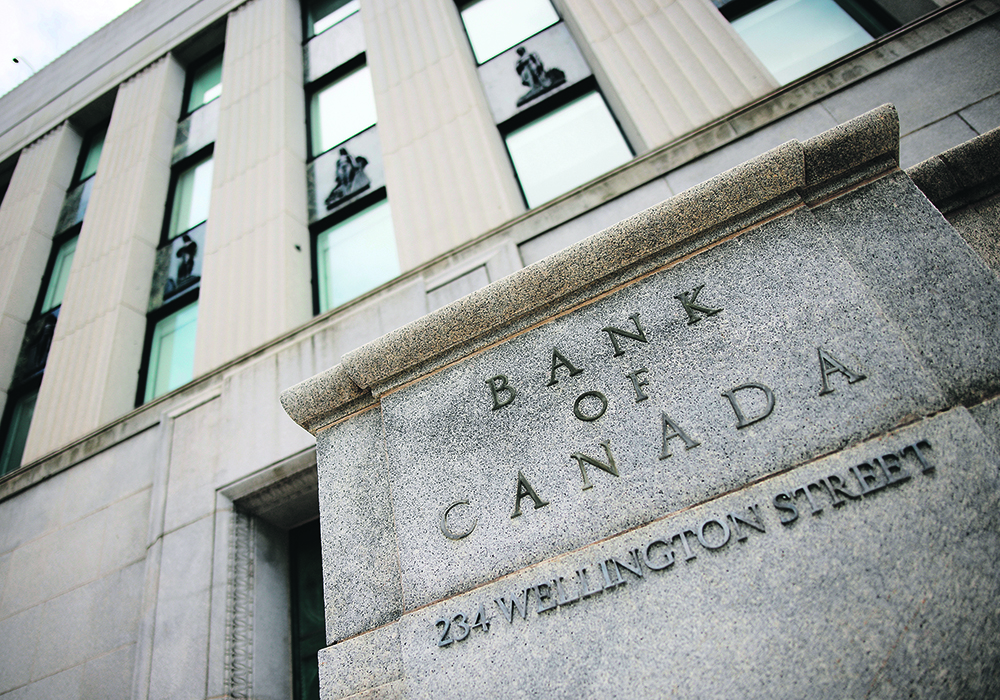OTTAWA (Reuters) — The Canadian economy stalled in August and likely slipped into a shallow recession in the third quarter, data showed Oct. 31.
It’s a sign that the central bank’s 10 interest rate hikes since last year are weighing on growth.
With the economy stumbling along slower than the Bank of Canada forecast the previous week, analysts said there is no need to raise rates again from five percent, a 22-year high. The Canadian dollar was trading lower, near its weakest level in a year.
Read Also

Feds propose overhaul of chronic wasting disease control program
Chronic Wasting disease control program getting updated by Canadian Food Inspection Agency with feedback encouraged from producers.
The August result was slightly lower than the 0.1 percent month-over-month rise forecast by analysts polled by Reuters. July gross domestic product was revised to being marginally negative from an initial report of zero growth, Statistics Canada said.
In a flash estimate, the economy was likely also unchanged in September, and Statistics Canada officials said that translated into an annualized 0.1 percent decline in the third quarter, marking a second consecutive quarter of negative growth after a 0.2 percent decrease in the previous quarter.
“Whether or not the economy is already in recession is less important than the fact that the lagged impacts of monetary policy are likely to materially depress economic activity moving forward,” said Tiago Figueiredo, an economist at Desjardins.
“As a result, we expect the economy to more clearly enter a recession in 2024. This data reaffirms our view that the Bank of Canada is done raising rates for this cycle,” Figueiredo said.
The statisics agency said high interest rates, inflation, forest fires and drought conditions hurt growth in August. The central bank has said its previous rate hikes are sinking in.
The projected contraction in third-quarter annualized growth is far lower than the Bank of Canada forecast late last month. The bank forecast GDP growth would expand 0.8 percent in the third quarter, down from 1.5 percent projected in July.
Bank of Canada governor Tiff Macklem said after the most recent rate decision that there may not be a need for another rate increase if inflation cools in line with the central bank’s expectations.
“Given the fact that Canada has yet to feel the full impact of prior rate hikes, there’s still more downside risk ahead for the economy,” said Benjamin Reitzes, a macro strategist at BMO Capital Markets.
“This is yet one more crystal clear sign that the Bank of Canada should be done hiking,” Reitzes said.
Money markets see a roughly 90 percent chance the central bank will leave interest rates on hold at its next policy announcement in December.
Canada’s goods-producing sector contracted 0.2 percent, dragged down by the third consecutive month of declines in the manufacturing sector.
The service-producing sector posted a 0.1 percent rise, in part helped by the wholesale trade and the transportation and warehousing subsectors.















